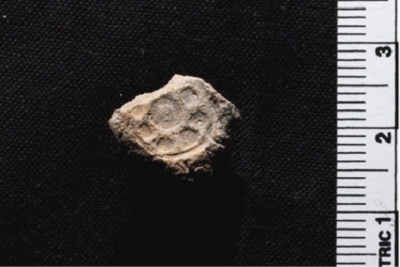Mississippi State archaeological team discovers evidence of David and Solomon

STARKVILLE, Miss. (Christian Examiner) – Some modern scholars deny the kingdoms of David and Solomon existed, but a Mississippi State archaeological team has discovered artifacts which add support to other evidence that the nation of Israel existed during the 10th century B.C. when both men would have reigned.
Researchers known as minimalists assert the kingdom was really nothing more than a sparsely populated village in the area of Jerusalem, not a large and powerful government – and that David and Solomon were merely chieftains.
But the Mississippi scholars found six clay seals used to mark correspondence as official business, indicating there was government activity in the region during the time period of the two kings.
This evidence boosts the importance of recent other discoveries.
In 2012, two small containers were found at Khirbet Qeiyafa in the Elah Valley region, site of David's defeat of Goliath, and appeared to be models of the ark of the covenant with design motifs of Solomon's Temple as described in the biblical Book of Kings. Because the articles were supposedly used in Judean rituals, the town, 20 miles southwest of Jerusalem, is figured to be a regional outpost of the Kingdom of Israel. A year later, a palace and large storeroom were uncovered, too, supposedly belonging to King David or at least confirming a government official resided there.

The six clay seals, also known as bullae, found at Khirbet Summeily, about 70 miles from Jerusalem, add credence to the idea of a large monarchy as described in the Bible.
"Our preliminary results indicated that this site is integrated into a political entity that is typified by elite activities, suggesting that a state was already being formed in the 10th century B.C.," said Jimmy Hardin, associate professor in the MSU Department of Anthropology and Middle Eastern Cultures. "We are very positive that these bullae are associated with the Iron Age IIA, which we date to the 10th century B.C., and which lends general support to the historical veracity of David and Solomon as recorded in the Hebrew biblical texts.
"The fact that these bullae came off of sealed written documents shows that this site -- located out on the periphery of pretty much everything -- is integrated at a level far beyond subsistence," he said. "You have either political or administrative activities going on at a level well beyond those typical of a rural farmstead."
Previously, scholars thought this area, a border region between Judea and Philistia, was a farming region. But recent research has determined it was rarely farmed and most likely used as pasture for sheep and goats. Shepherds typically tended their flocks under the protection of their government, and so the discovery of the clay seals points to Khirbet Summeily as a government installation.
For centuries, scholars could not find any mention of the kingdoms of David and Solomon outside of the Bible. But in 1993, a team of archaeologists excavating Tel Dan in northern Galilee discovered a part of a victory pillar erected by the king of Syria in 900 BC that includes the words "Beit David" or "House of David" indicating the existence of his dynasty.
Since then, evidence like the clay seals continue to add up that there was a kingdom with outposts and a centralized administration.